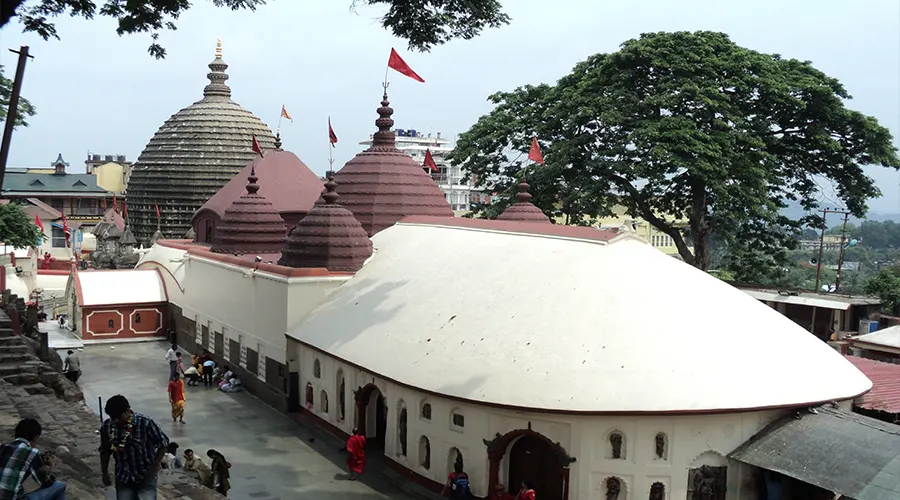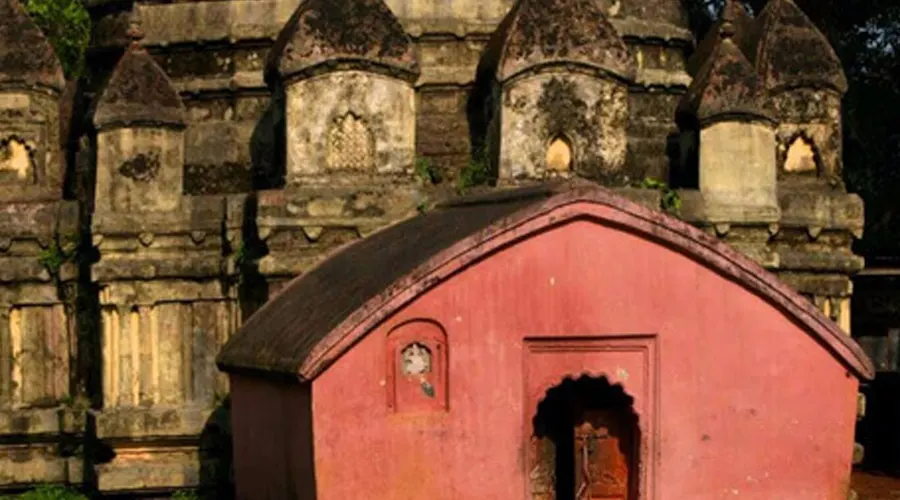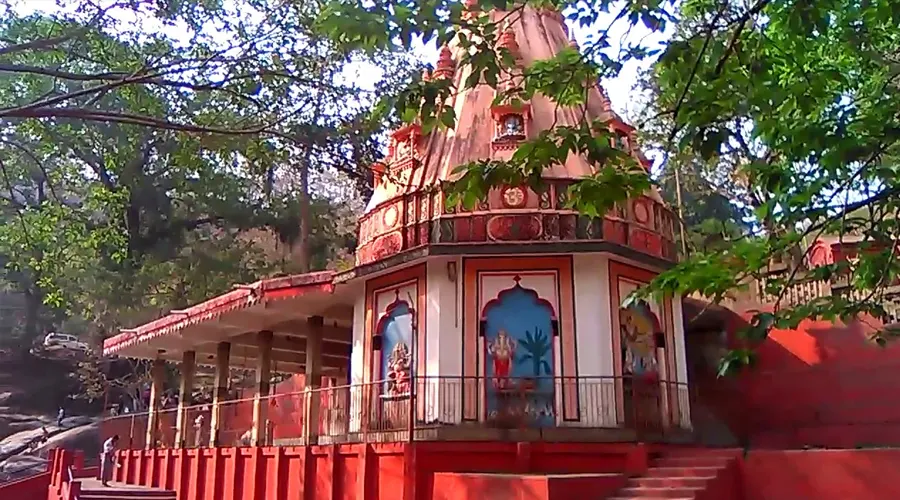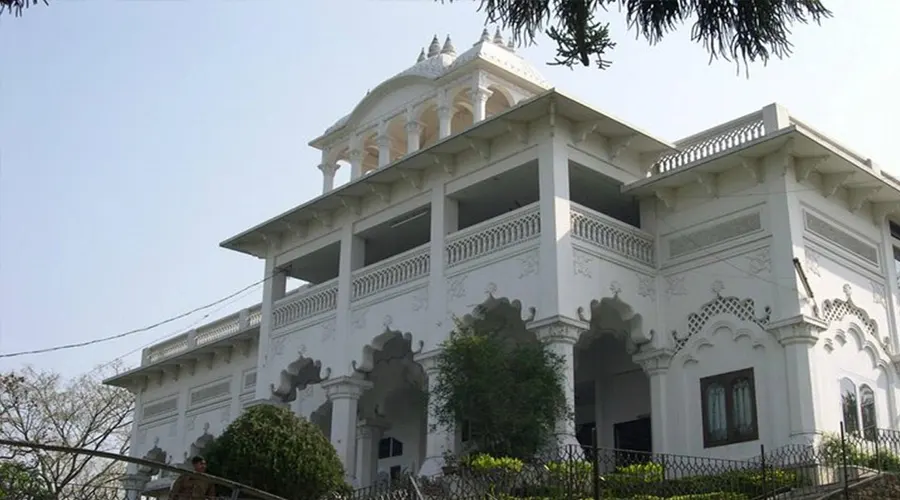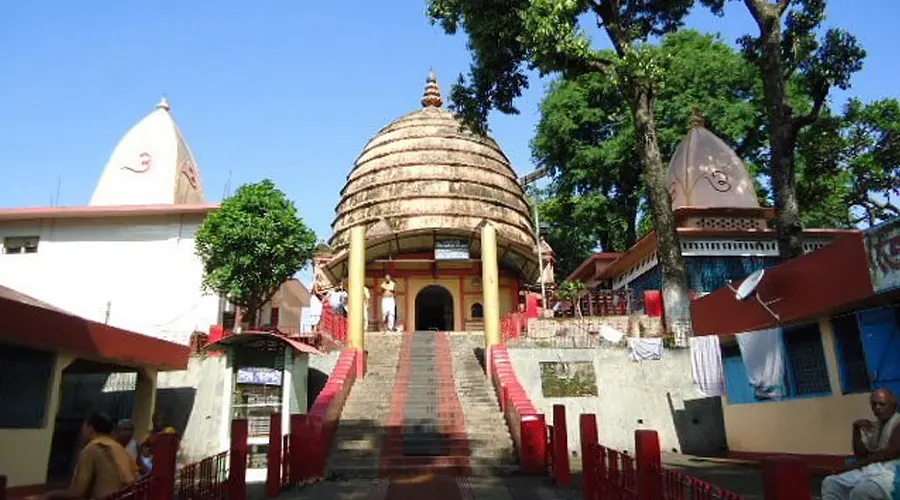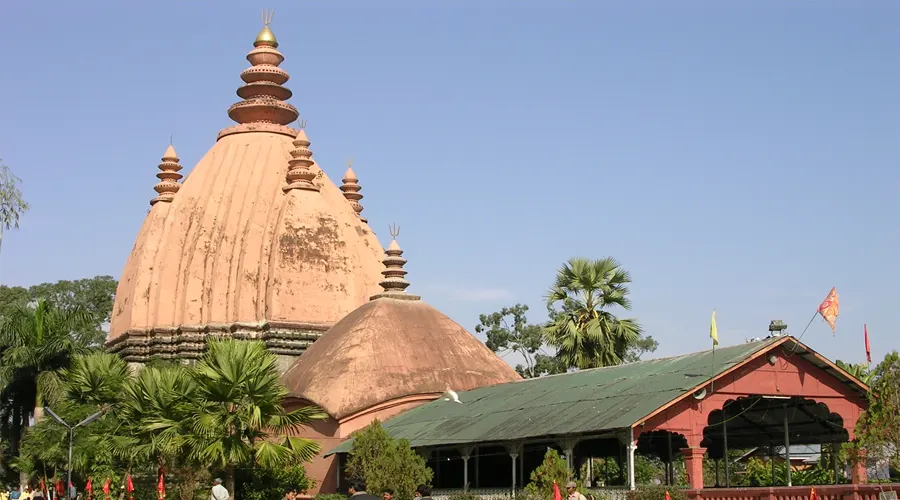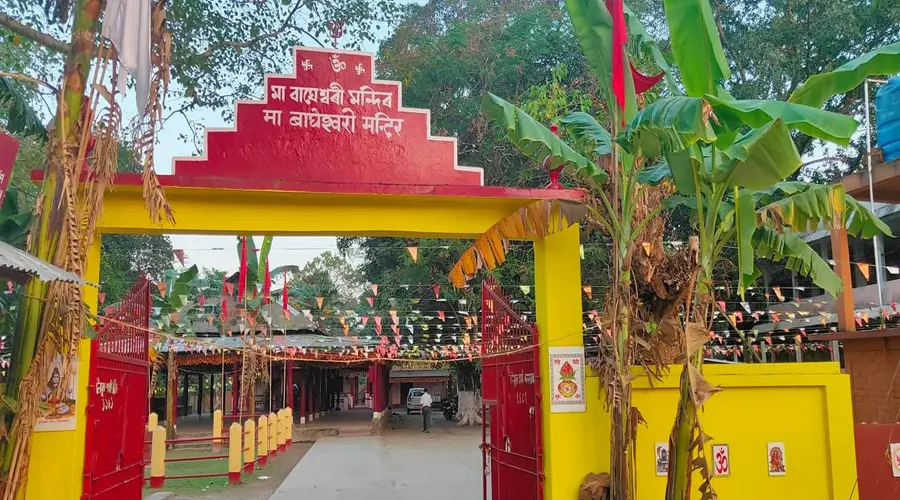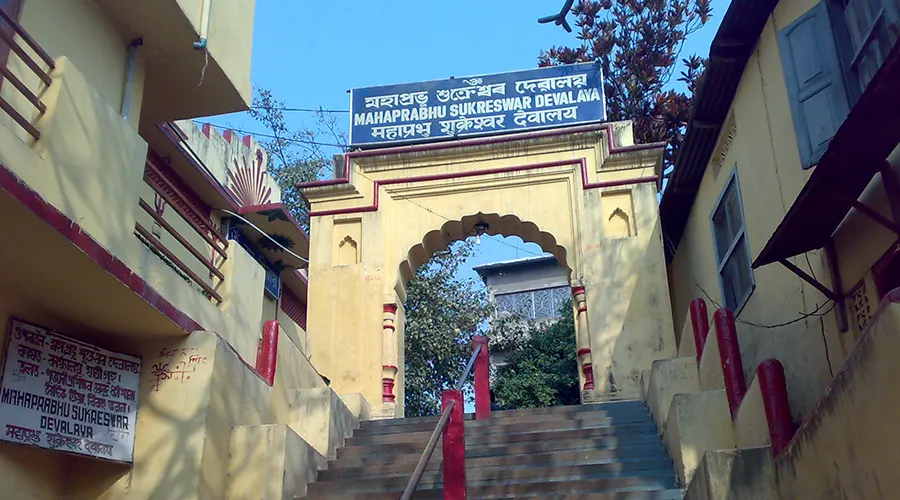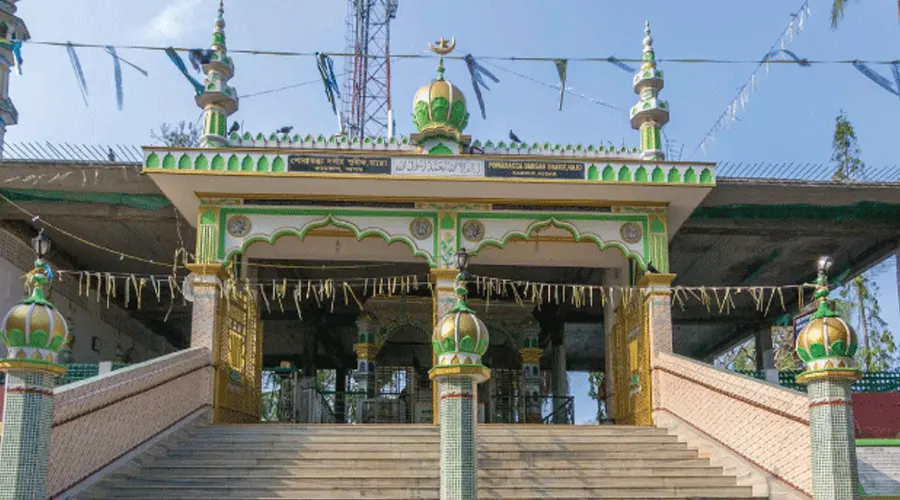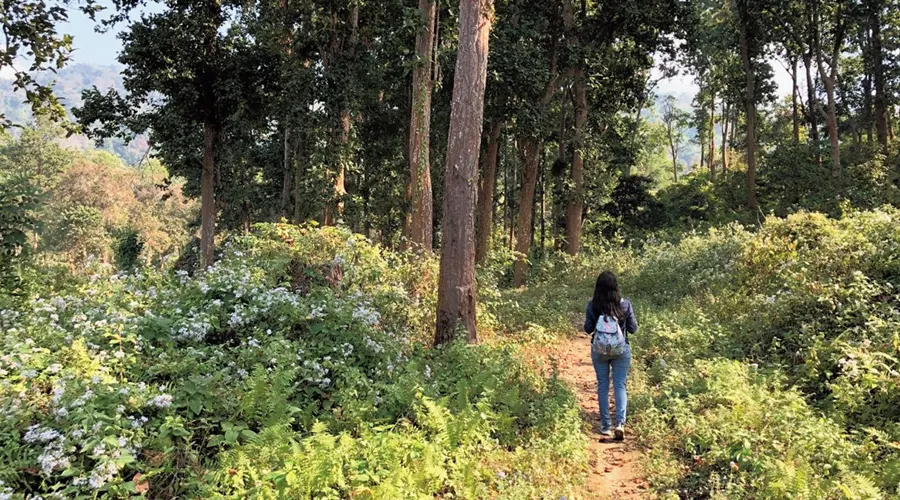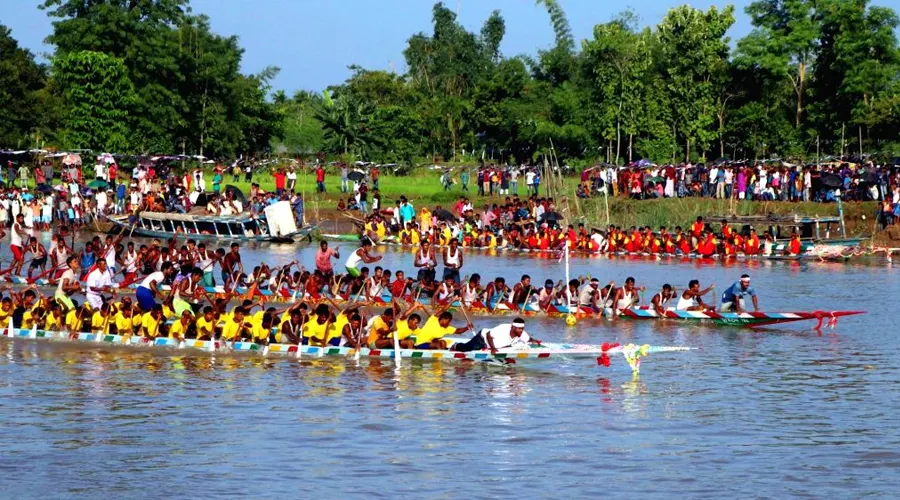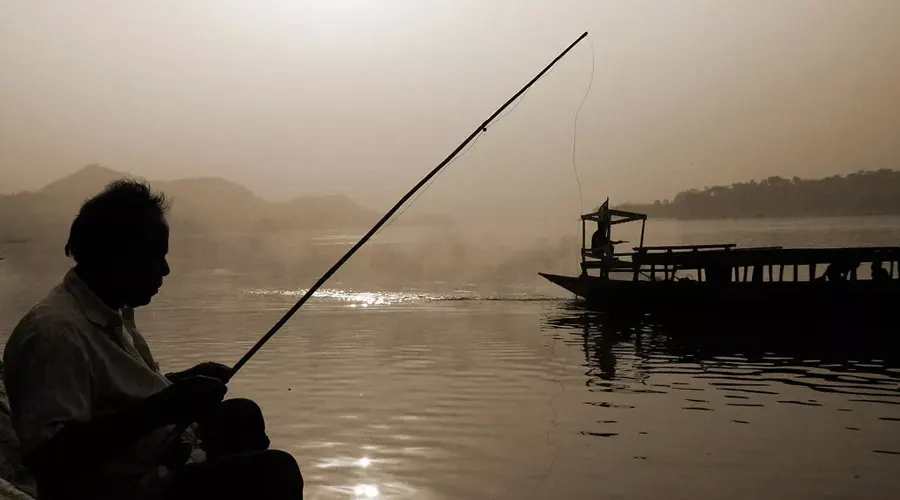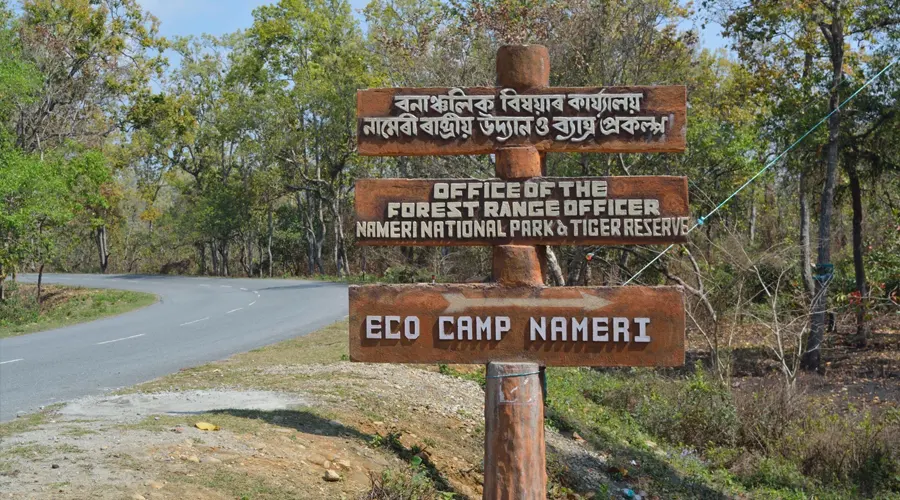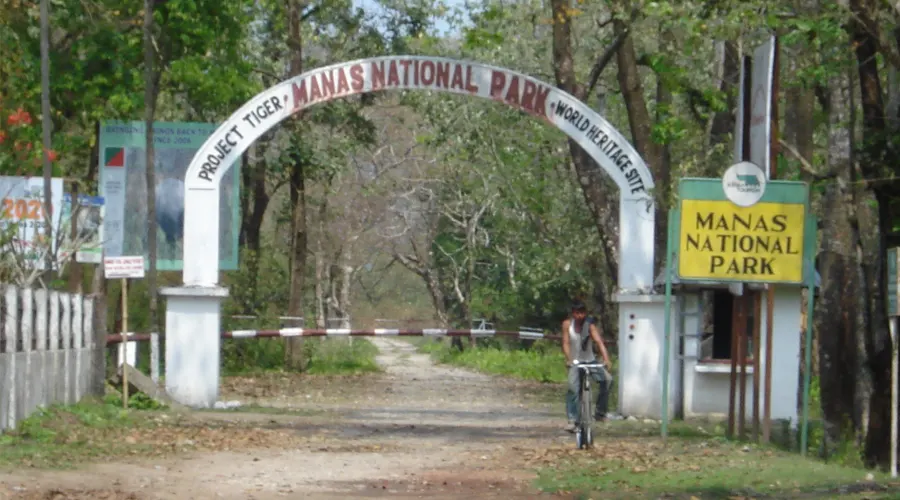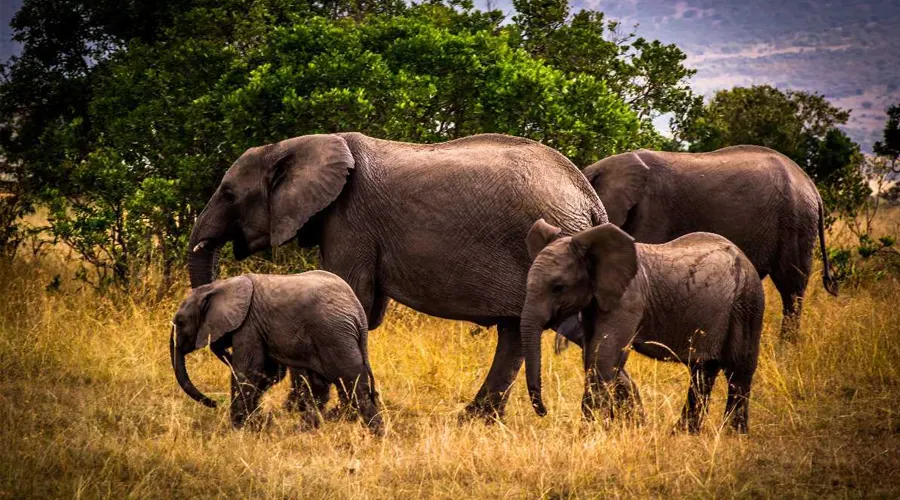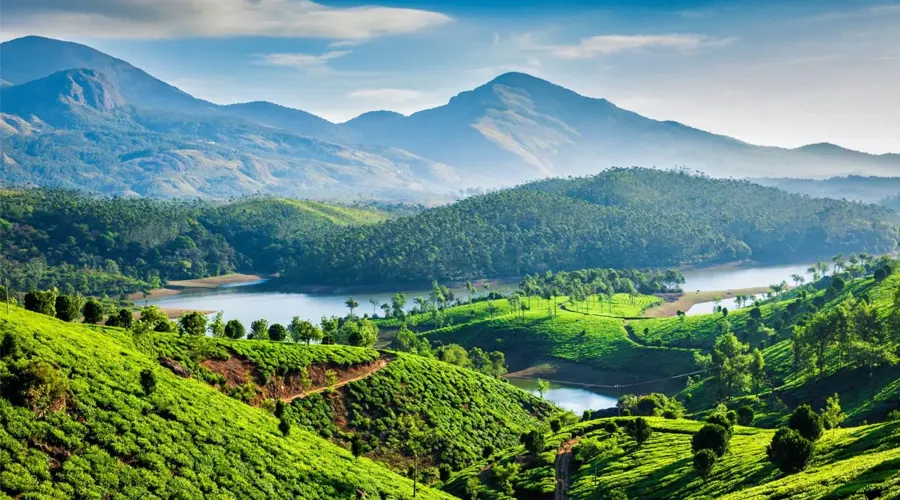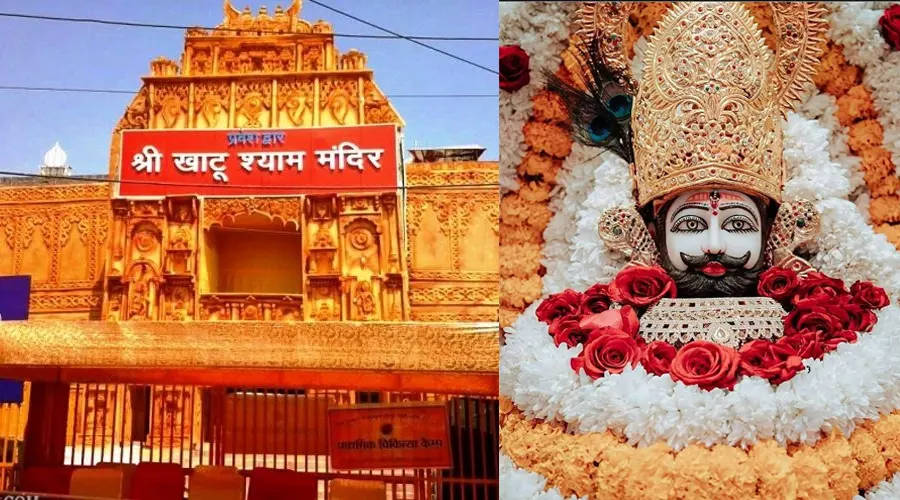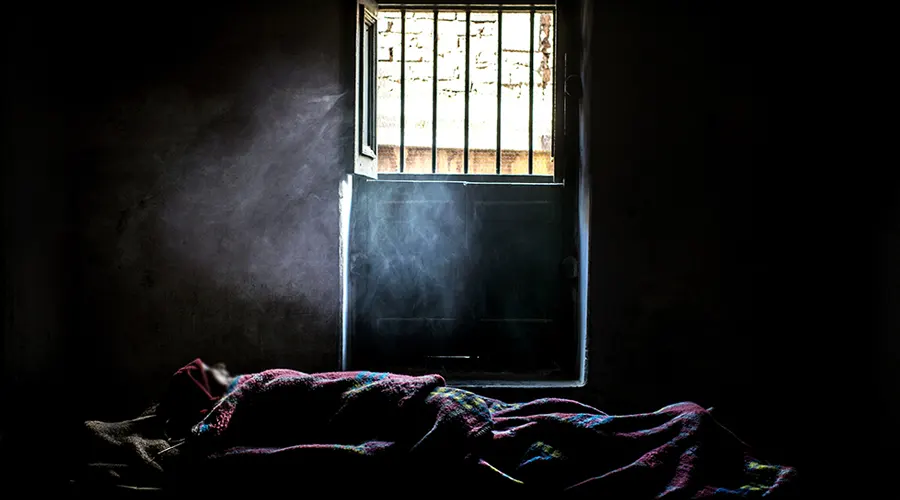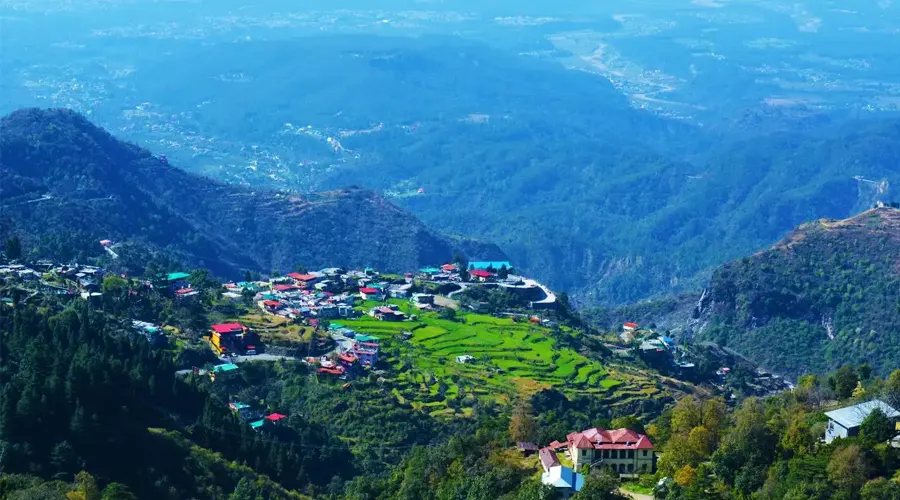Kamakhya Temple
Kamakhya Temple is not just a popular place to visit but also one of the 51 prominent Shaktipeeth which makes it a significant religious place to visit in Assam state. Dedicated to Goddess Kamakhya, this is one unique temple and there is a popular mythological legend associated with it.
According to the legend, when Goddess Durga killed herself because of her husband being insulted by her father in front of a large crowd of people, Lord Shiva got angry and performed Tandava with her body on his shoulder. To stop him, Lord Vishnu released his Sudarshana Chakra which sliced Goddess Shakti’s body into 52 small pieces that fell apart in various places on the ground. It is said that the Kamakhya temple is built on the place where her genitals fell. Hence, the temple celebrates a unique festival when it is said the deity menstruates. During this festival, the temple receives people from all over the country who come to be a part of the unique festivities.
History
The Kamakhya Temple is one of the oldest temples in the country and hence has a long and illustrious history associated with itself. It is believed that this temple was built during the Mleccha dynasty in the 8th - 9th century. The Kamarupa Kings from Indra Pala to Dharma Pala were ardent followers of the Tantrik cult and at that time this temple became an important destination for Tantrikism. The Kalika Purana was composed in the 10th century and it enhanced the importance of the temple as a seat for Tantrik sacrifices and sorcery. Mystic Buddhism or Vajrayana emerged here around that time and some Buddhist professors in Tibet were known to belong to Kamakhya. The Kamakhya temple was destroyed during Hussein Sha's invasion of the Kamata kingdom. The ruins remained undiscovered until the 1500s when the founder of the Koch Dynasty Vishwasingha revived the temple as a site of worship. The Kamakhya temple was reconstructed in 1565 during the reign of his son and ever since then, the shrine has been an important religious center for Hindus across the world.
Architecture
The current structure of the Kamakhya temple is said to be of the Nilachal type, which is another word for architecture with a hemispherical dome and a cruciform-shaped base. The temple has four chambers aligned from east to west described as follows:
1. Garbhagriha: The Garbhgriha or the main sanctum rests on a base that has some sunken panels embellished with the sculptures of Ganesha and other Hindu deities. The lower parts of the Garbhagriha are made of stone while the zenith is in the shape of an octagon and is made out of bricks. The Garbhariha is situated below ground level and can be reached by a series of rock-cut steps. A rock fissure in the shape of a vulva-shaped depression is present here and worshipped as the goddess Kamakhya. The depression is filled with water from an underground spring and this is the general pattern of all the Garbhagrihas in this temple.
2. Calanta: Towards the west of the Kamakhya temple lies the Calanta, which is a square-shaped chamber of the atchala type. Small moveable idols of Gods and Goddesses are found here, while the walls of this chamber have several images and inscriptions carved onto their surface.
3. Pancharatna: To the west of the Calanta is the Panchratna which is a large rectangular construction having a flat roof and five small spires protruding from its roof.
4. Natamandir: Towards the west of the Pancharatna is the last structure of Natamandir which has an apsidal end and ridged roof of the Ranghar type Ahom style. The walls of the Natamandir have inscriptions from Rajewas Singha and Gaurinath Singha inscribed upon them.

